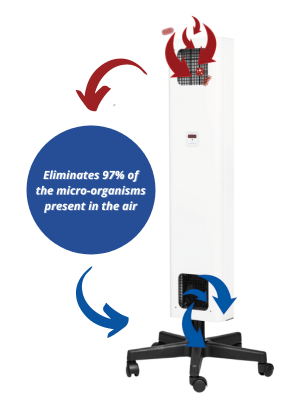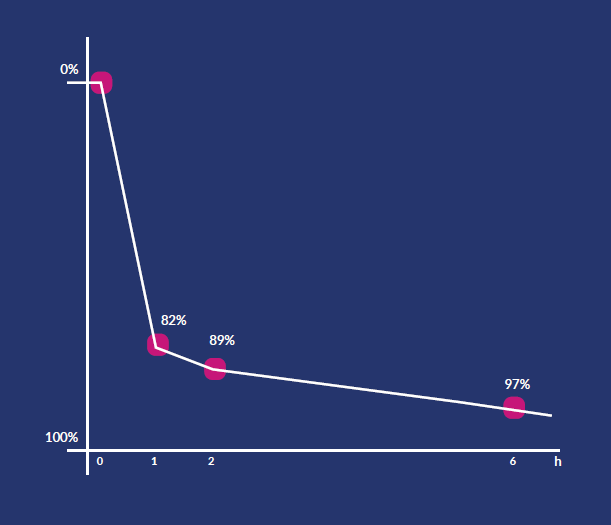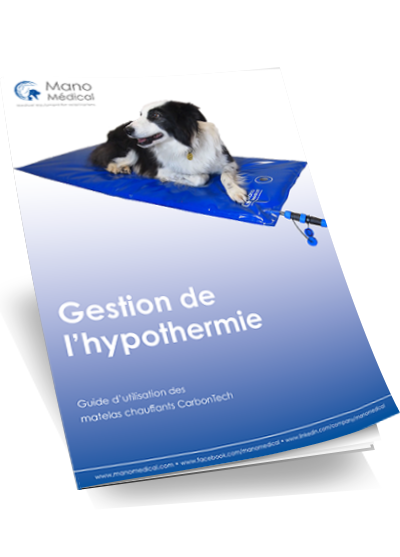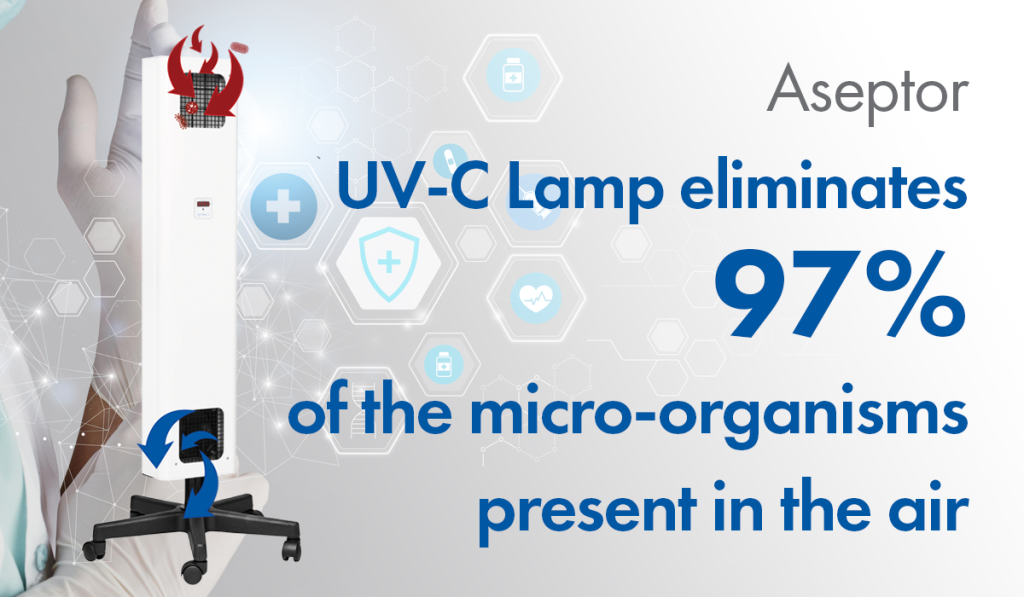UV-C Lamp: efficient technology to eliminate germs, micro-organisms, viruses, and bacteria in the air
What is UV radiation?
Ultraviolet radiation is a type of electromagnetic radiation, similar to X-rays, radio waves, and visible light. It is naturally produced by the sun.
Ultraviolet rays can be artificially reproduced for aesthetic purposes (tanning) or other applications (air, water, and food disinfection).
UV rays are classified into 3 categories:
- UV-A : 315 - 400 nm
- UV-B : 280 - 315 nm
- UV-C : 100 - 280 nm
- UV-A radiation penetrates the skin deeply due to its long wavelength, leading to rapid skin pigmentation.
- UV-B radiation is primarily used in therapeutic medicine because it allows our bodies to synthesize vitamin D. In the case of prolonged exposure, it can cause sunburns and potentially lead to skin neoplasms.
- UV-C radiation has a rapid harmful effect on all living cells and other microorganisms, such as viruses, bacteria, or fungal spores. The sun's UV-C radiation is entirely filtered by the ozone layer, but it can be artificially generated for surface disinfection (widely used in industry) or air purification. A lot of scientific studies, such as Welch et al. 2018, have demonstrated the efficiency of UV-C in reducing the transmission and spreading of airborne bacteria and viruses.
UV-C rays eliminate nearly all of viruses, bacteria, germs, and microorganisms in the air.
Direct exposure to UV-C radiation represents a danger to humans or animals. Therefore, it is essential to ensure that no living being is exposed to it – either by using it in the absence of people or by using a closed air-flow system, such as the ASEPTOR lamp.
How does the Germicidal flow lamp work?
 The lamp draws in air with its fan, which passes through a filter before disinfection, trapping dust and other contaminants.
The lamp draws in air with its fan, which passes through a filter before disinfection, trapping dust and other contaminants.
The air is then directed to a disinfection chamber where it is exposed to UV-C radiation for a specific duration, produced by two bulbs. The disinfection chamber ensures that no UV-C radiation escapes outside the lamp.
Thanks to a low-speed air circulation system, the air is exposed for a sufficient time to UV-C radiation, allowing the ASEPTOR lamp to effectively eliminate suspended microorganisms without directly exposing people in the room to UV-C radiation. This results in the gradual disinfection of the room's air volume.
Germicidal efficiency of the ASEPTOR lamp
Exposed to UV-C radiation, microorganisms in the air are rapidly eliminated (even in the absence of any other air treatment):
- In 2h of operation, the lamp can bring a standard room up to microbiological cleanliness class M100 (ISO 8) *.
- In 6h of operation, it comes close to microbiological cleanliness M10 (ISO 7) *.
*According to NF S 90-351 standard classification for hospital air quality in human medicine: M10 means that one cubic meter of air in the room contains less than 10 Colony Forming Units (CFU) of germs.

Where to use the ASEPTOR lamp?
- In the operating room: eliminates airborne pathogens and reduces the risk of post-operative infections
- In the kennel: reduces the risk of airborne germs transmitted between hospitalised animals
- In the reception area: eliminates airborne bacteria and viruses carried by animals and visitors, potential source of contagion
What is the difference with other systems?
There are a few other air treatment systems, either using the same principle of air flow generated by a machine and disinfected in a disinfection chamber or relying on the vaporization of a bactericidal product or gas (ozone).
However, these solutions have the defect of not being usable in the presence of living beings (veterinarians or hospitalized animals), which greatly limits their possible applications. Moreover, ozone is an extremely strong oxidant, and with systematic use, it will contribute to reducing the lifespan of sensitive equipment, such as ultrasound probes or endoscopes, for example.
There are UV-C lamps available on the market, but these can only be used in the absence of any living beings in the room (systematic use in the medical industry or laboratories, where UV-C can be activated during the night, for example).
Other flow systems use plasma or ozone to sterilize the circulated air. The disadvantage here is generally the much higher cost of these solutions, and potentially the need for consumables depending on the device's design.
To sum up:
- The use represents no risk and does not require specialized storage.
- UV-C lamp radiation offers an immediate treatment process with no maintenance requirements.
- With a bulb lifespan of 9000 hours, it represents a very cost-efficient solution.
- Easy to use, simply turn on the lamp.





